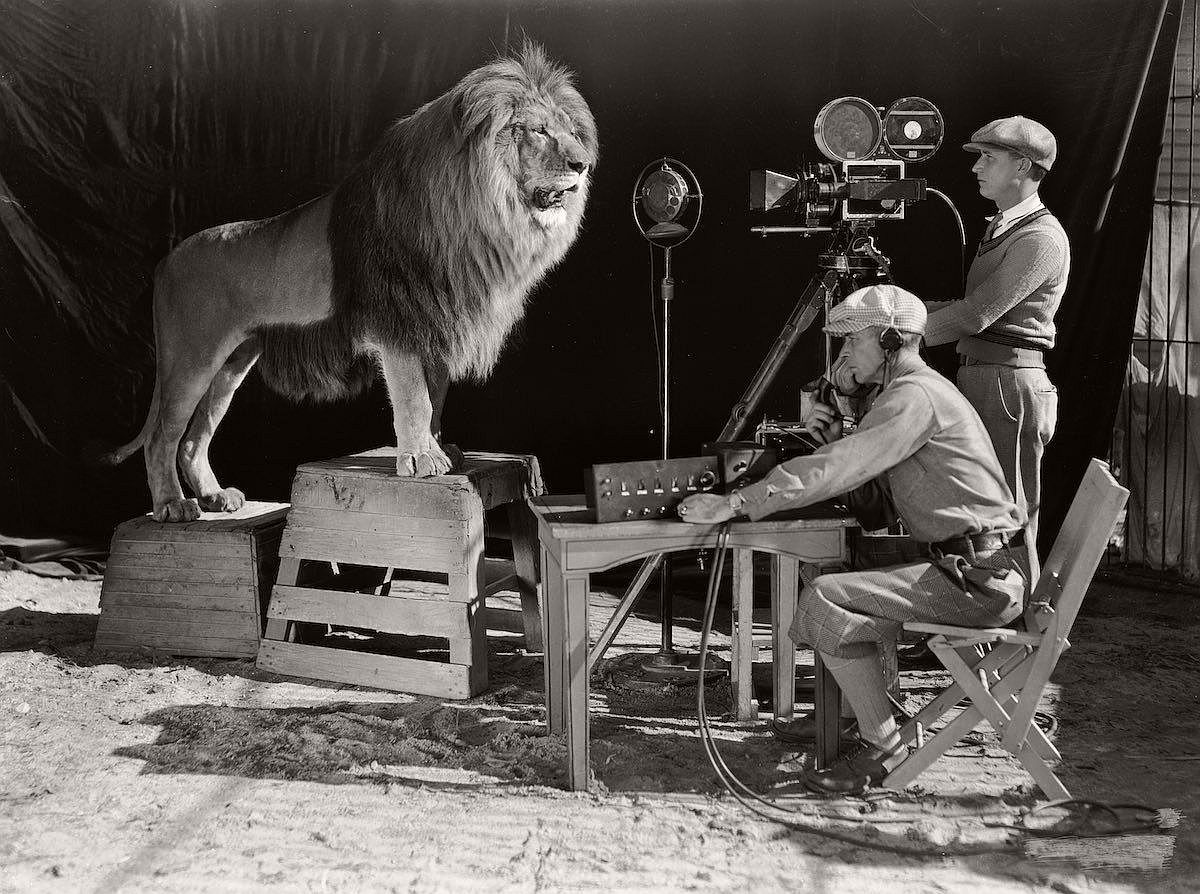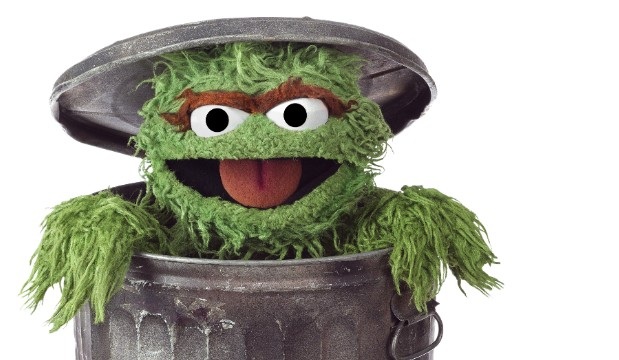We’re told from a young age that “first impressions are everything”; they’re the ever-lasting picture a new person paints of
Read more

So, you’ve come up with the slogan, you’re thrilled with the visual branding and your adverts are short, sharp, and
Read more
Literary legend has it that Ernest Hemingway took on a bet that he couldn’t tell a complete story in just
Read moreYou’d be surprised at how many silly errors a professional copywriter makes in his/her first draft. I should know! Before
Read more
Seven years. That’s how long I’ve had a Twitter account. Admittedly, when I first signed up I had no idea
Read moreConceiving a unique selling point in the 21st century is tough, especially in a field as mind-numbingly generic as the
Read more